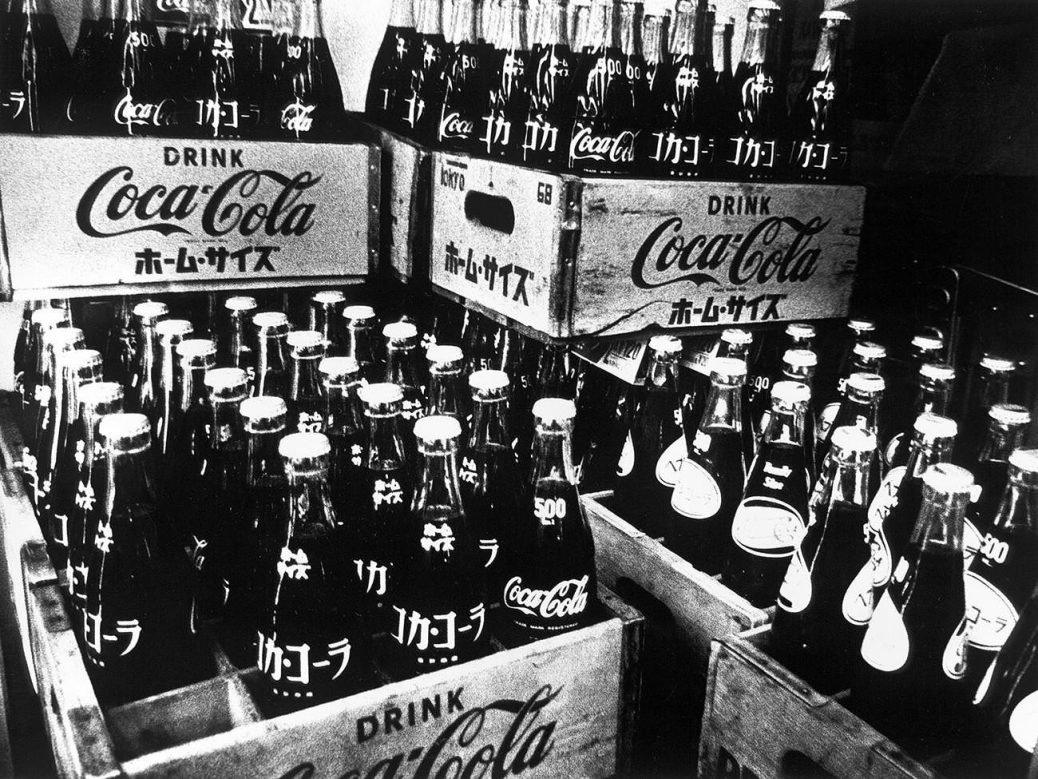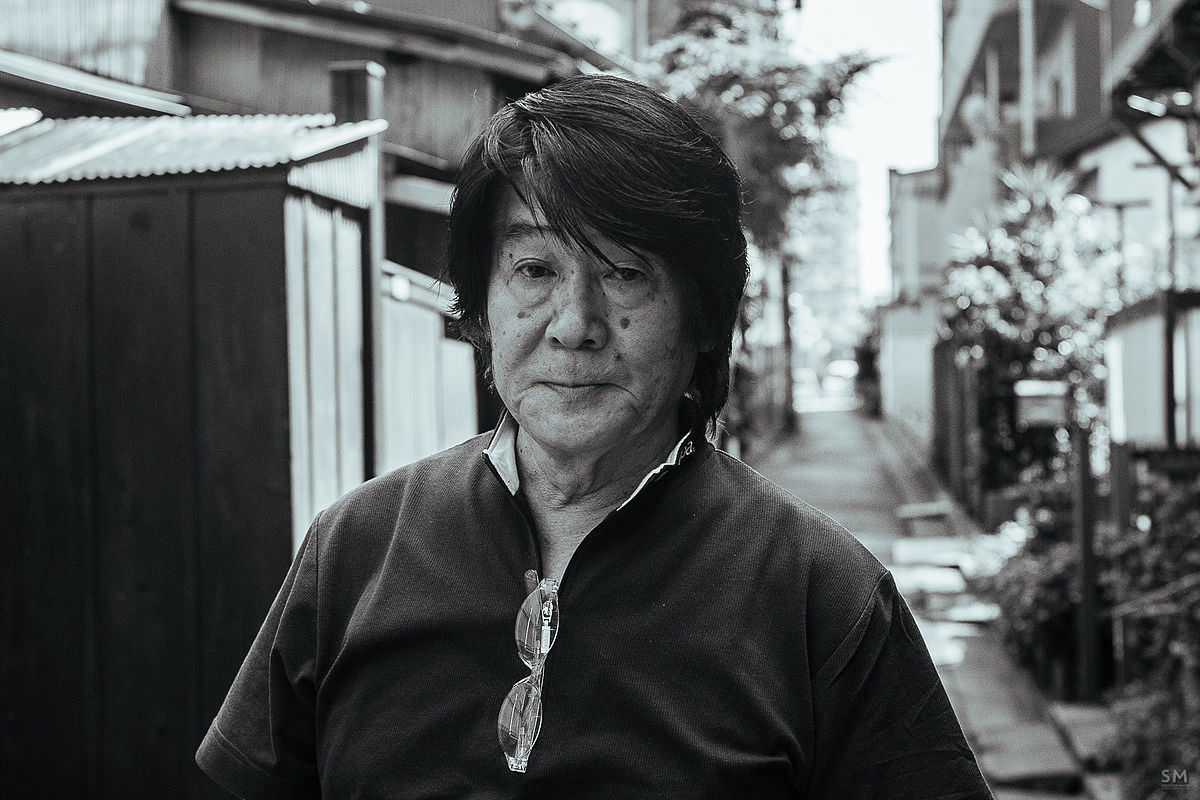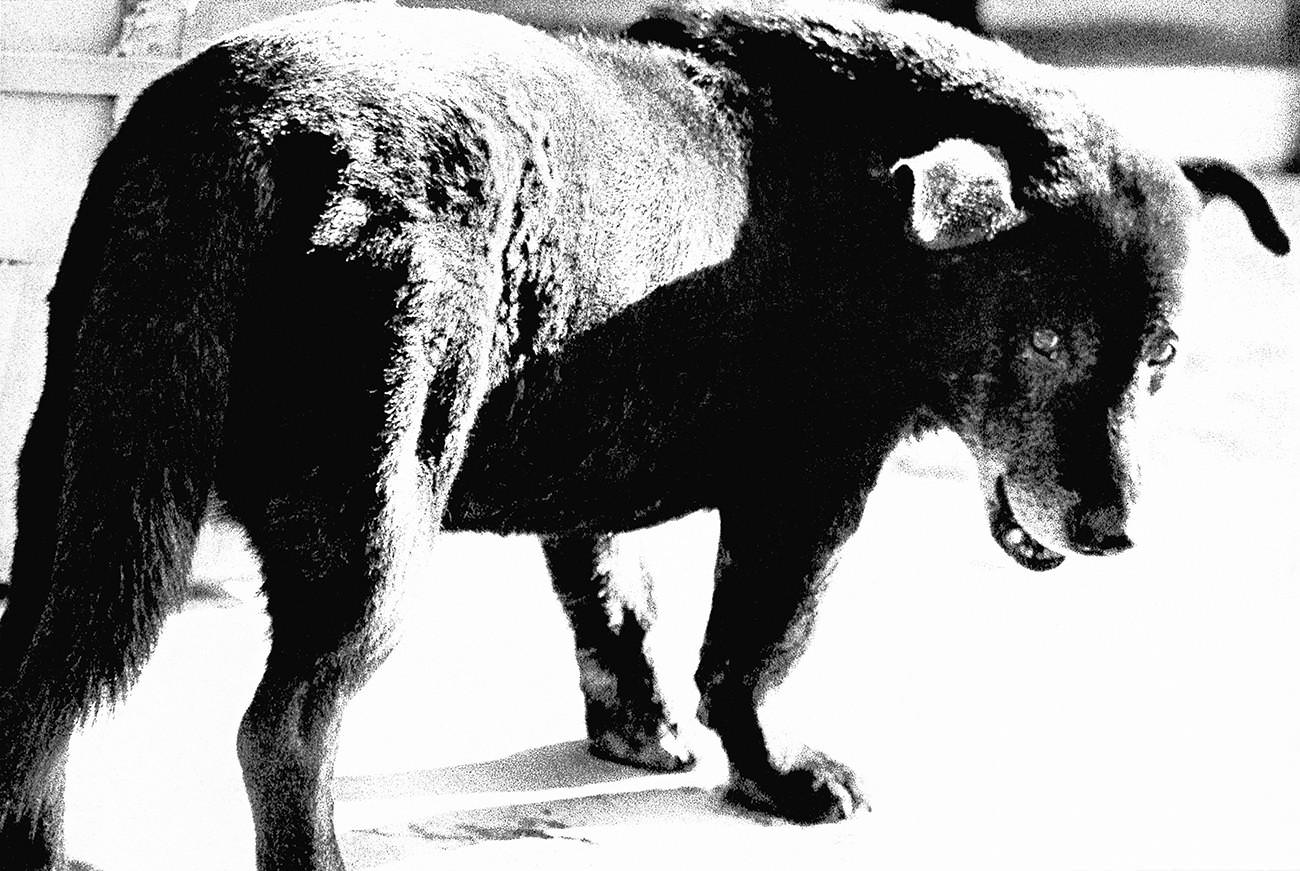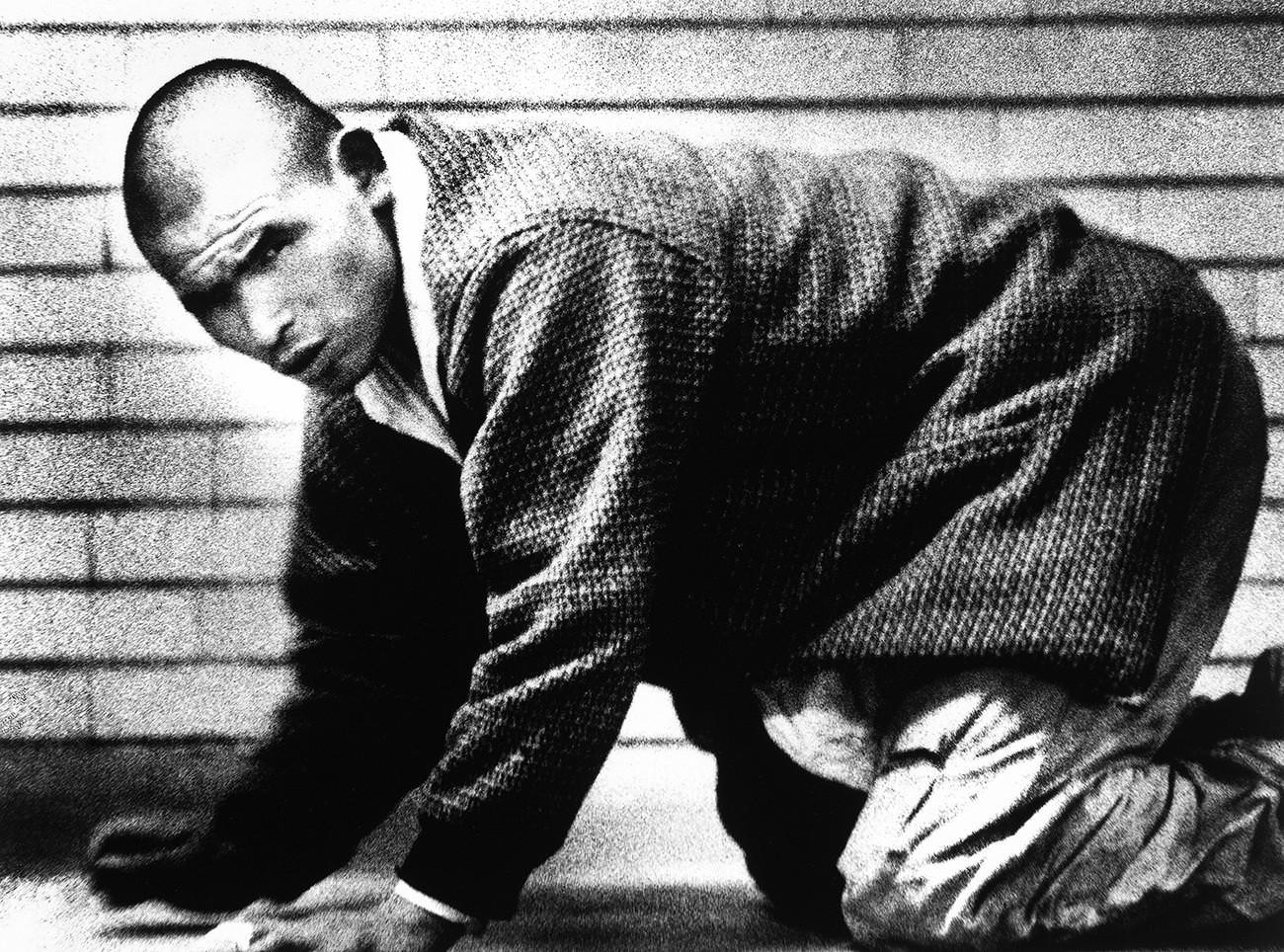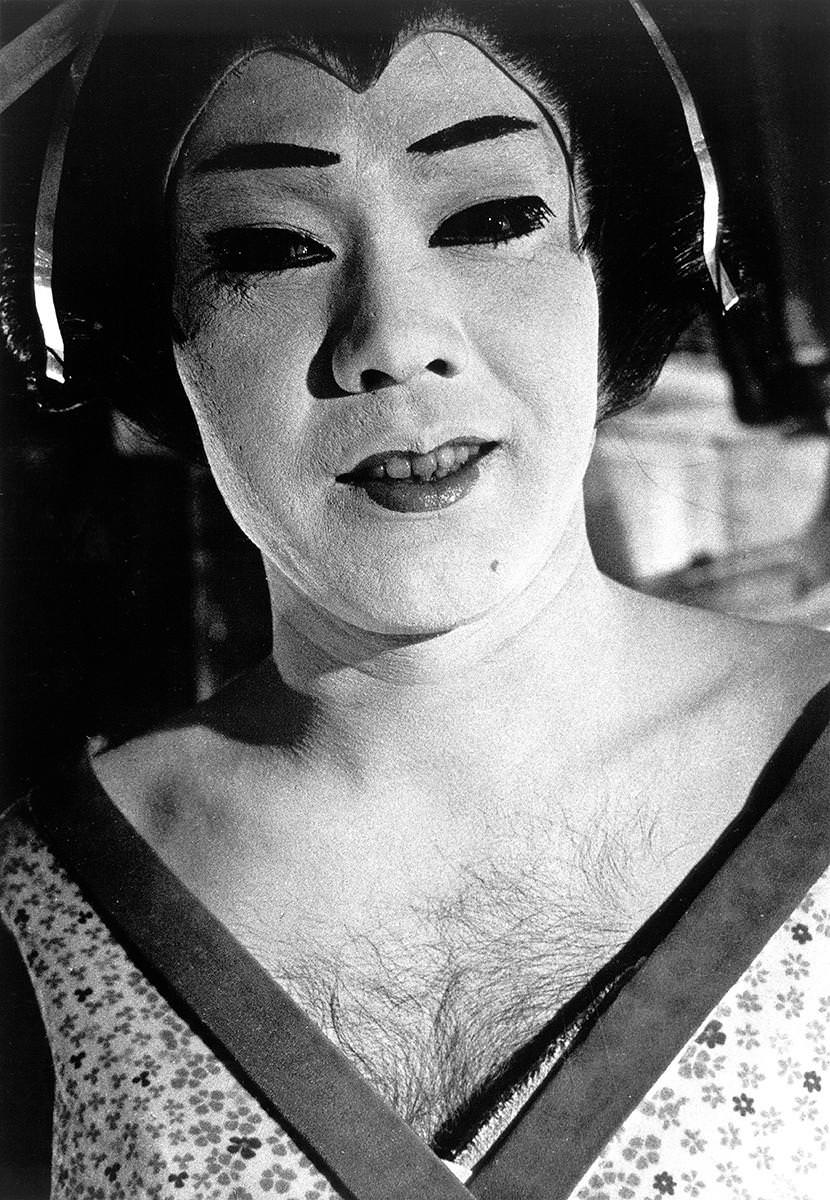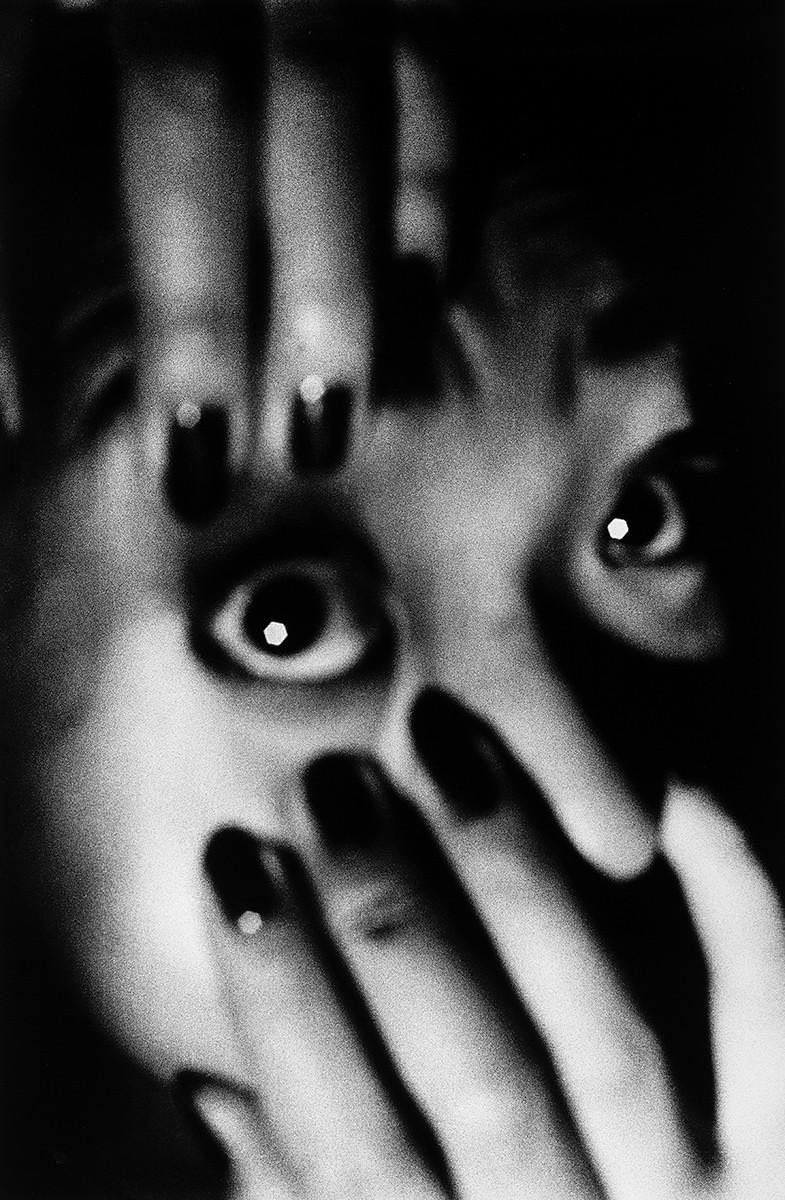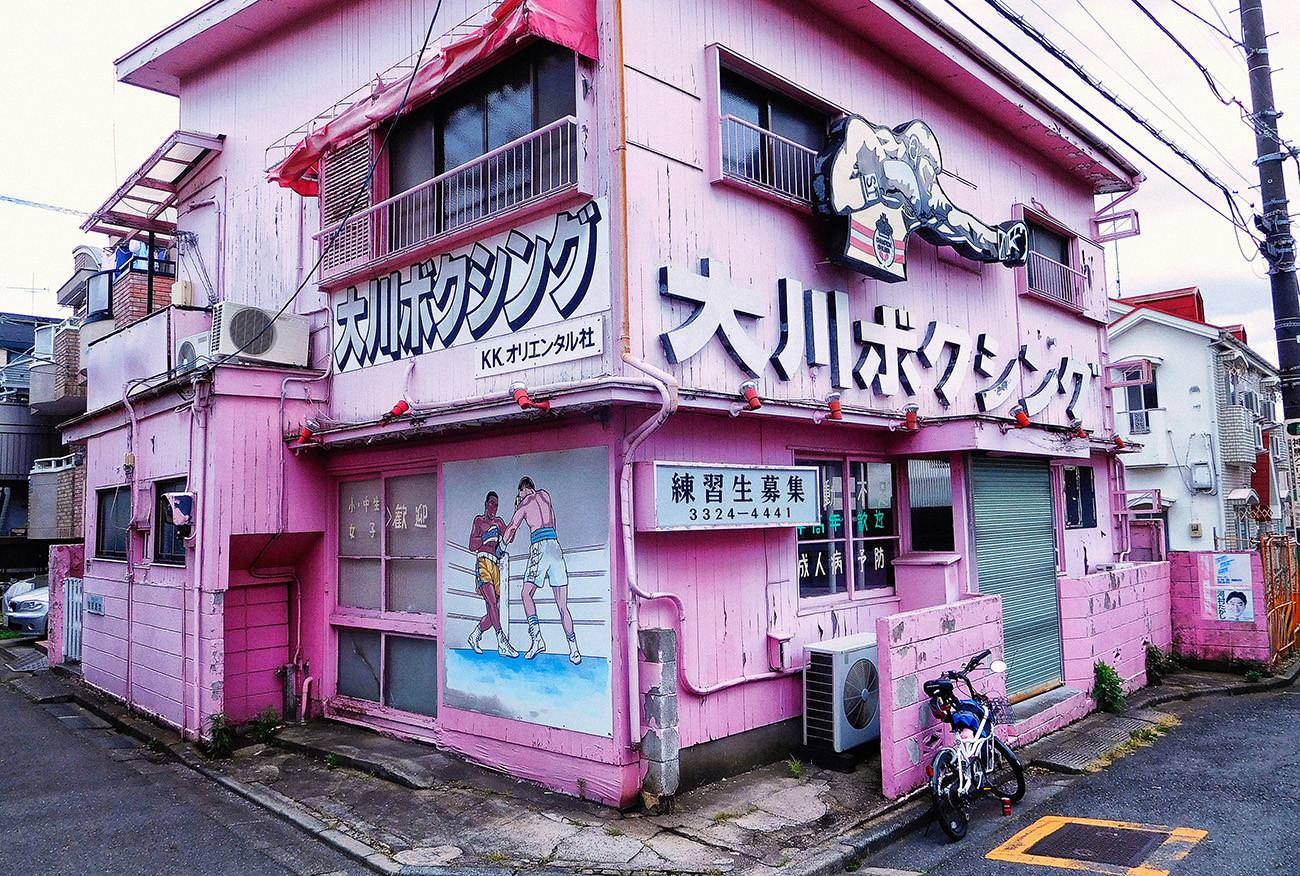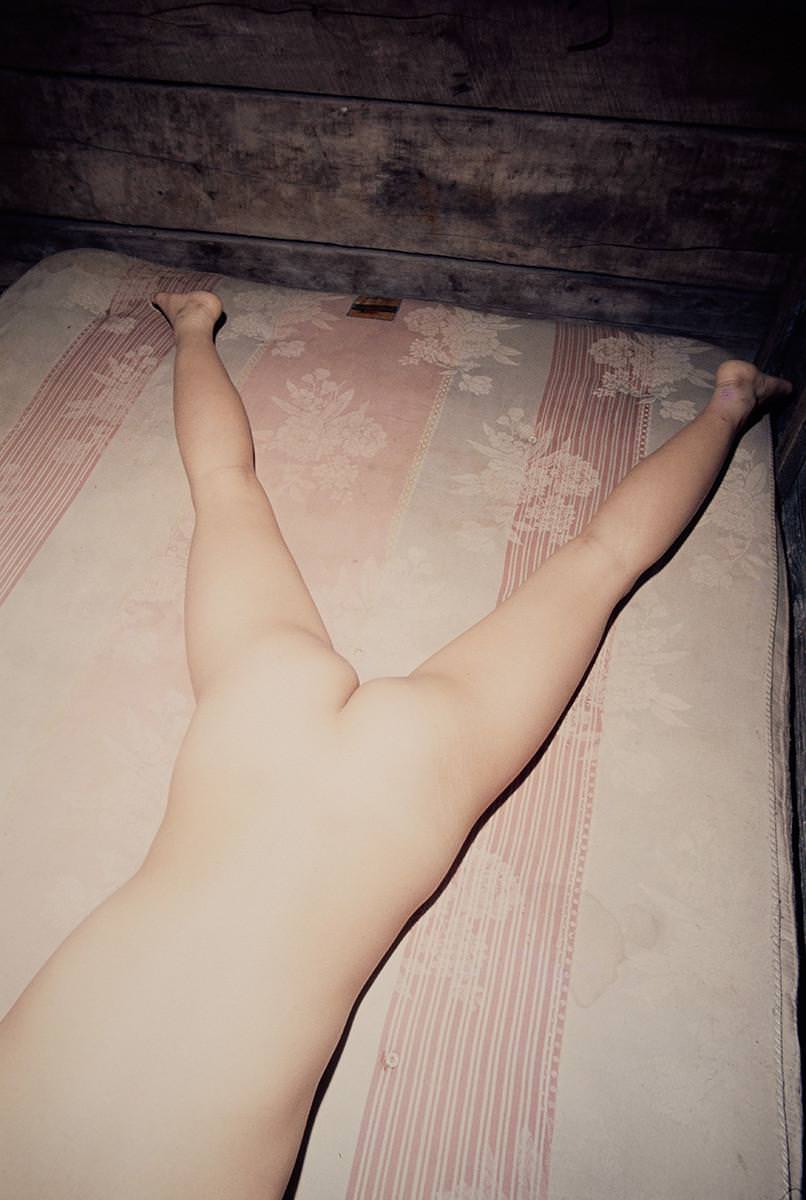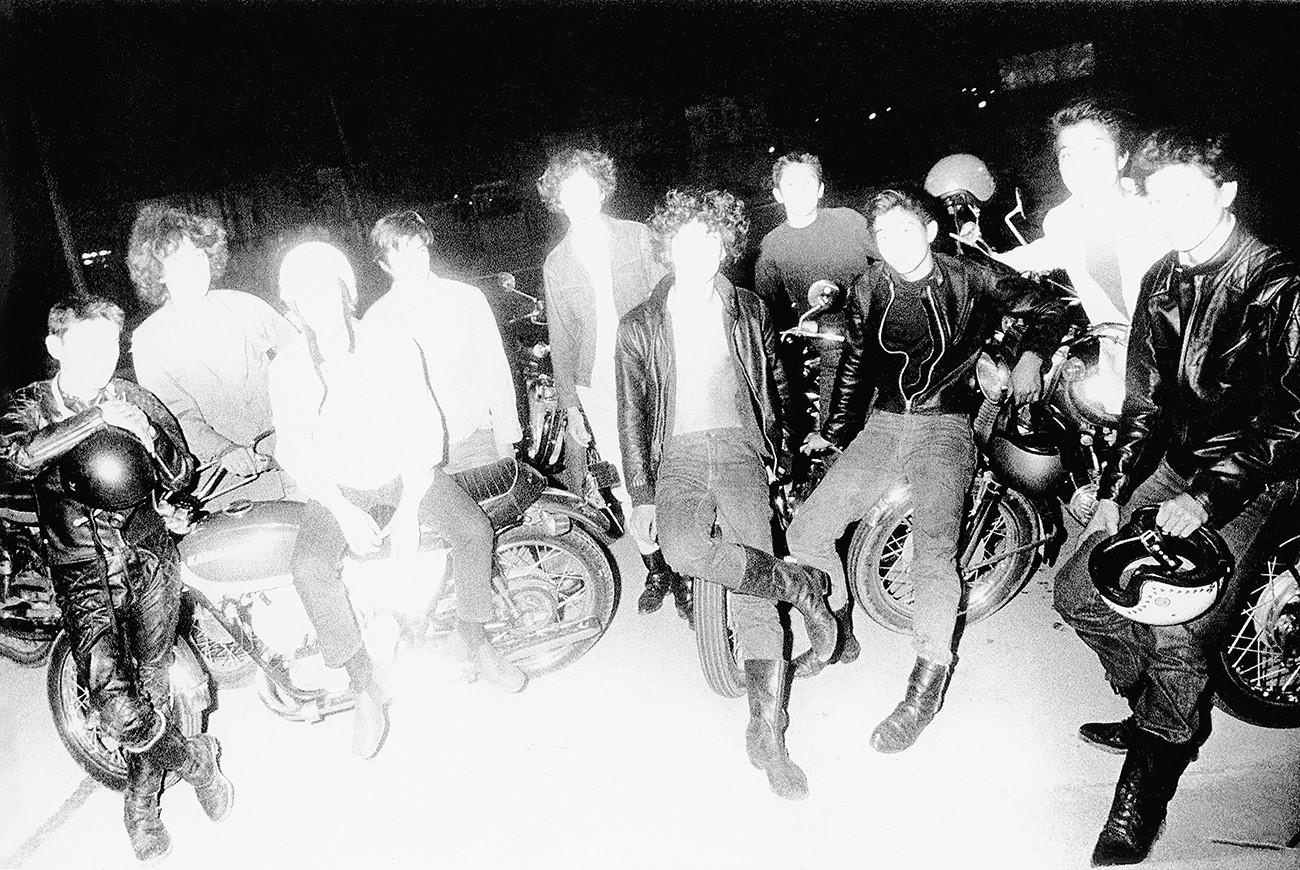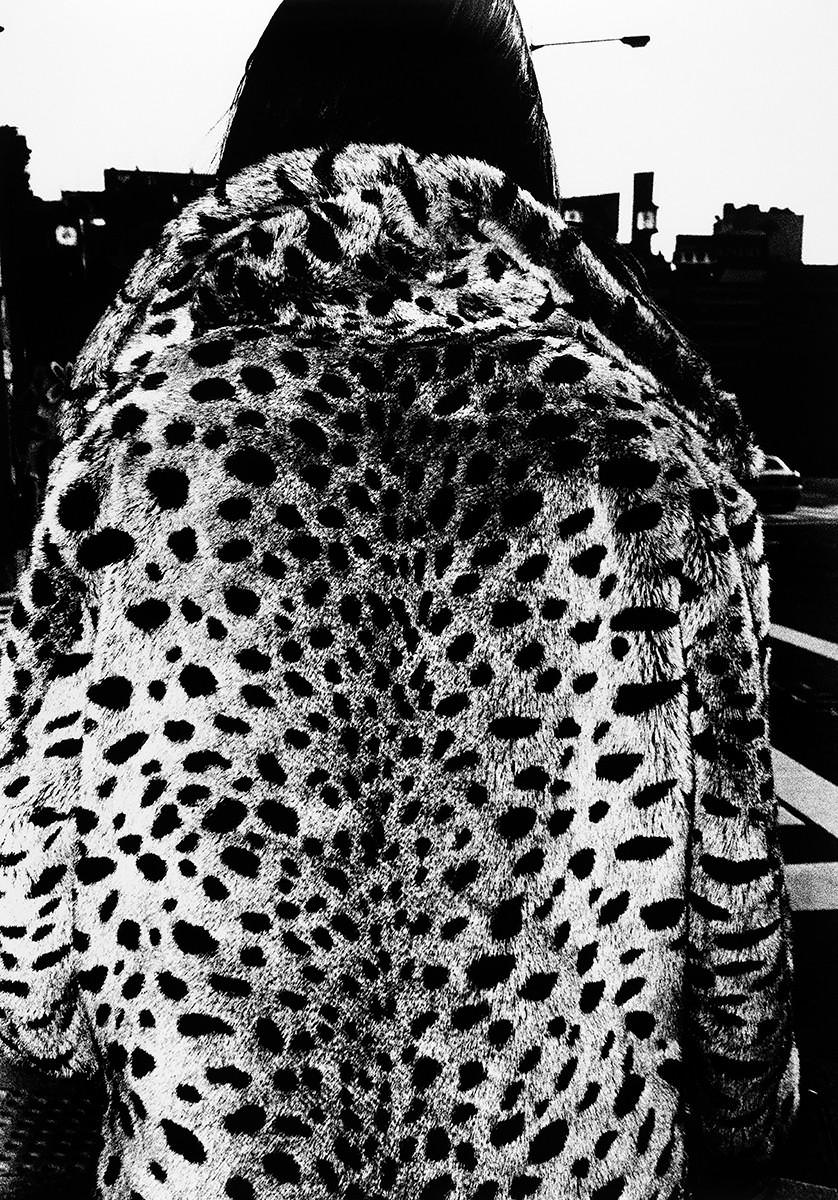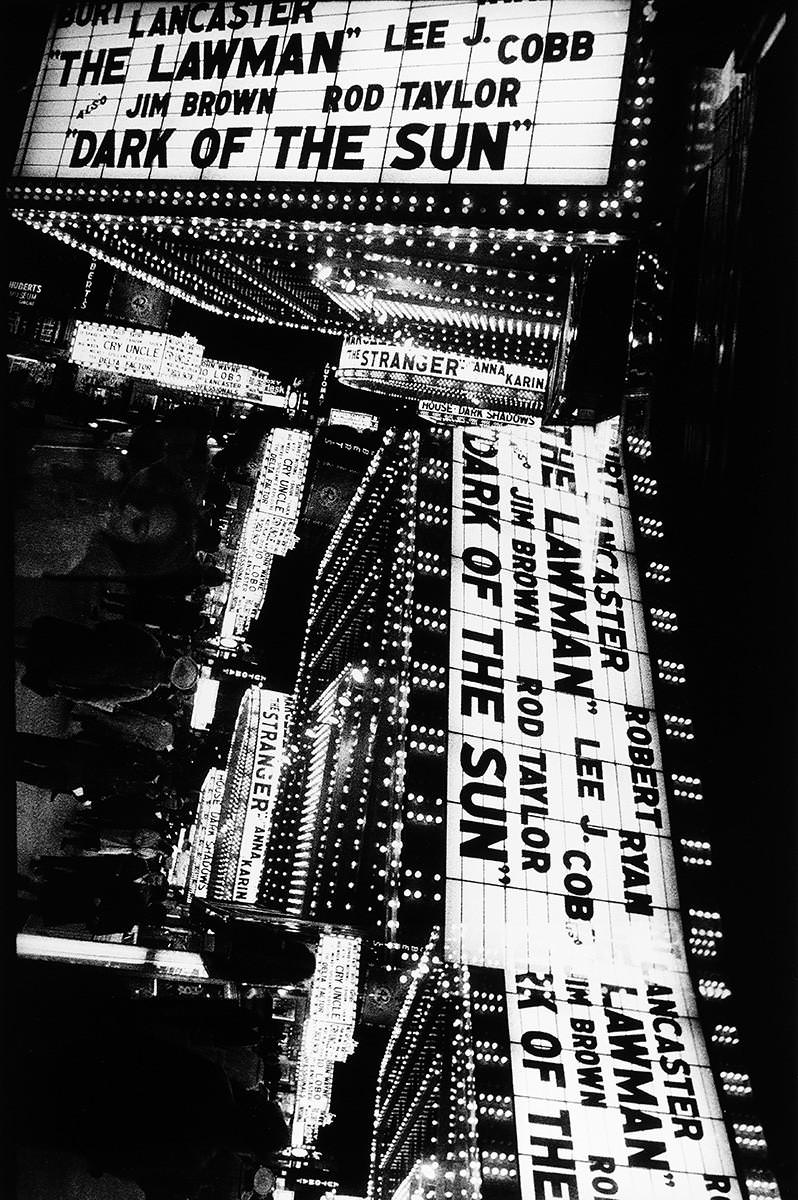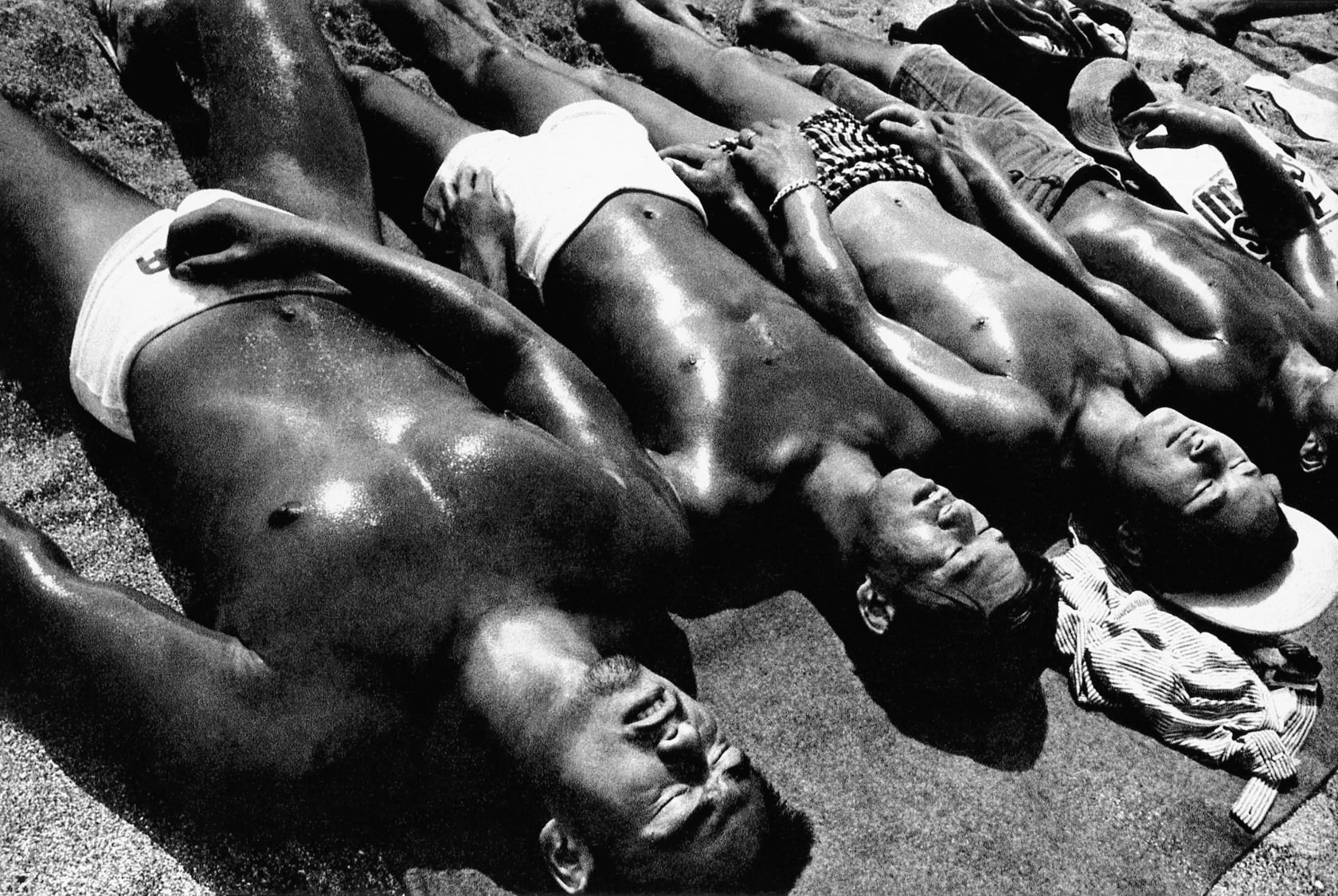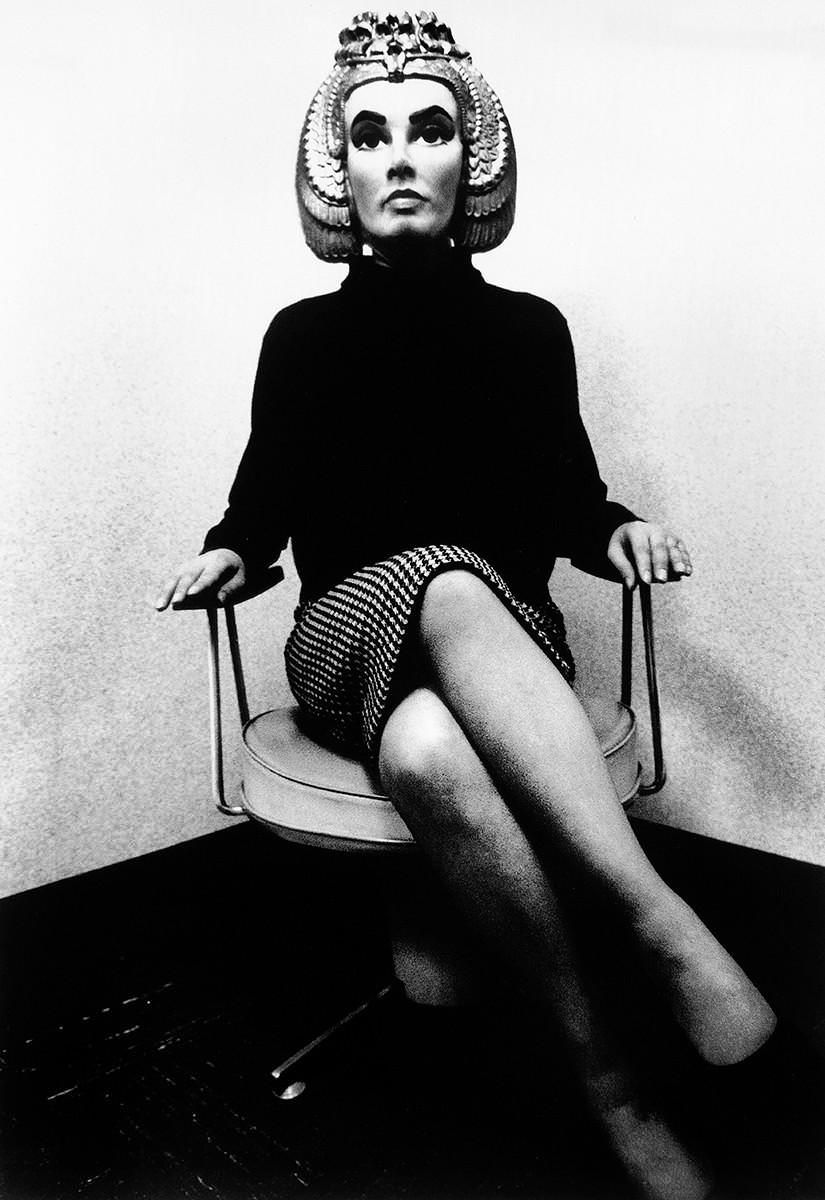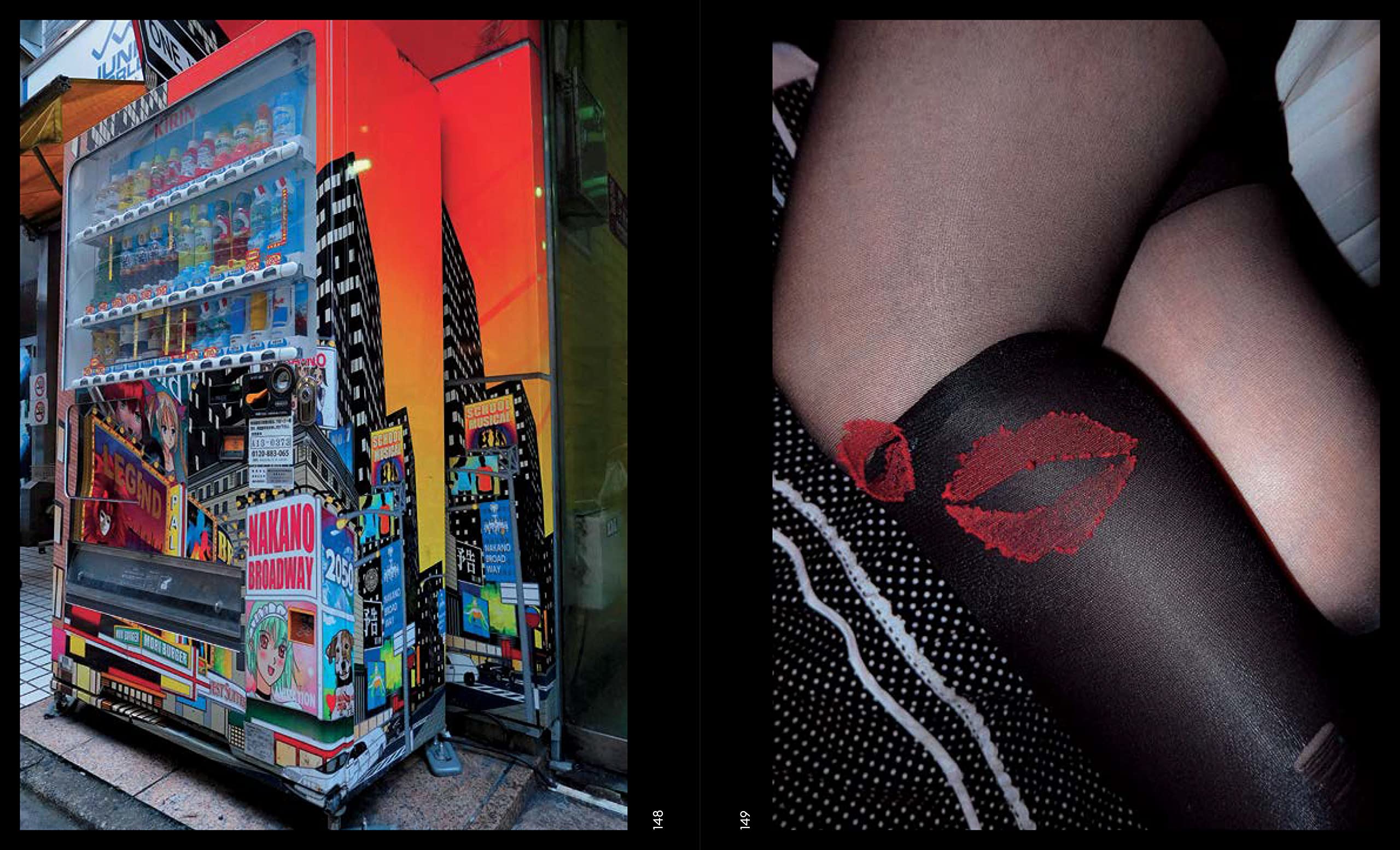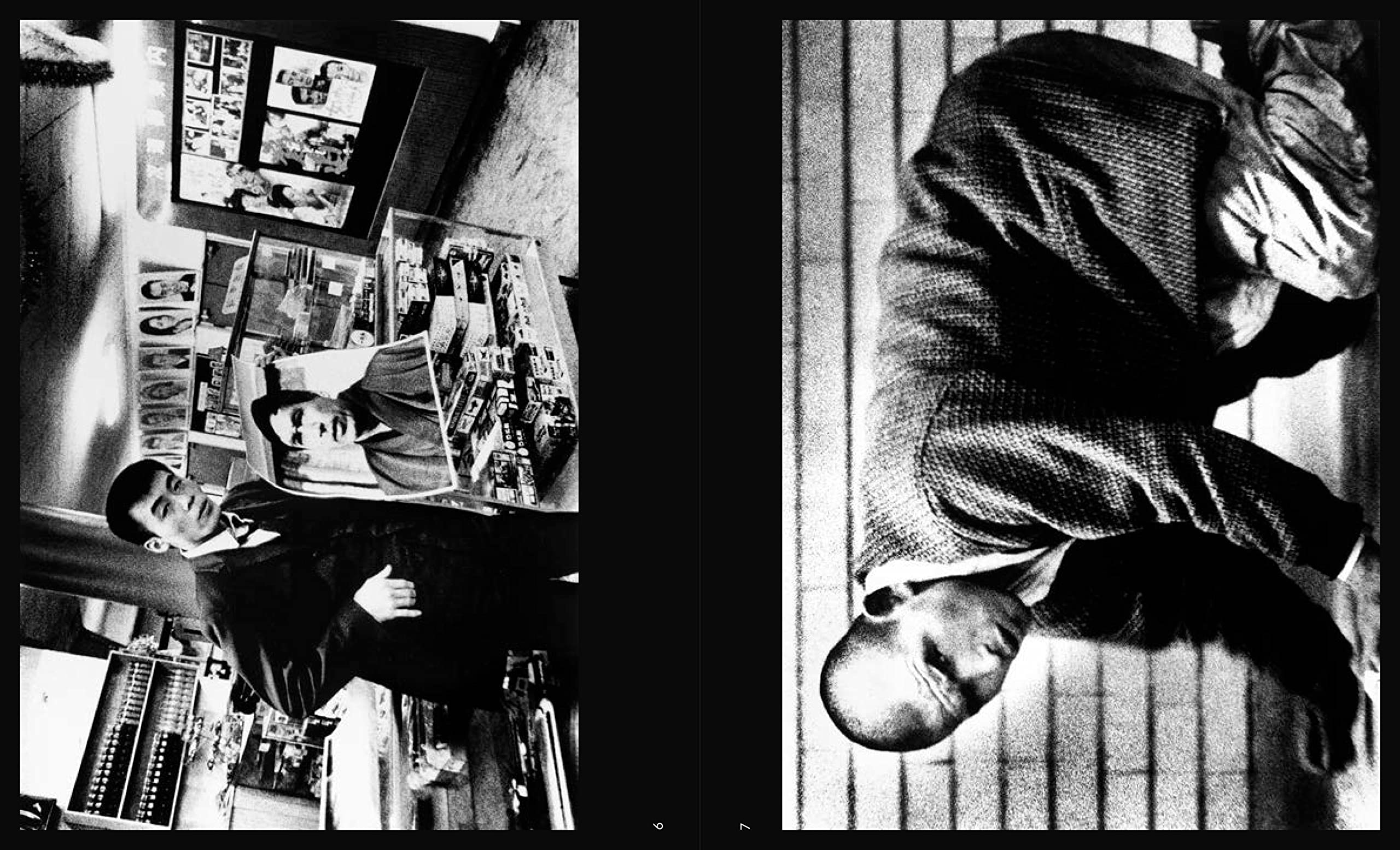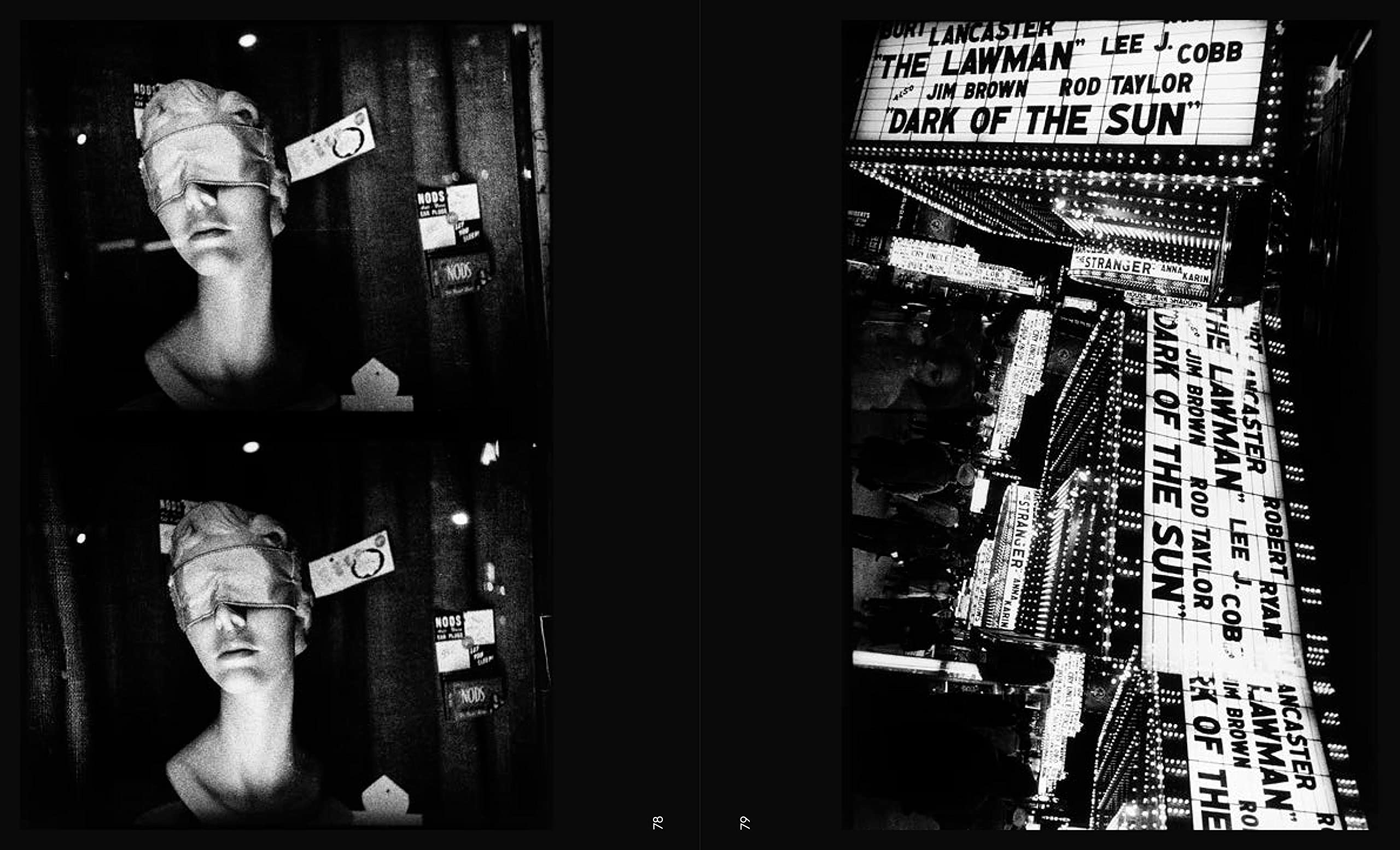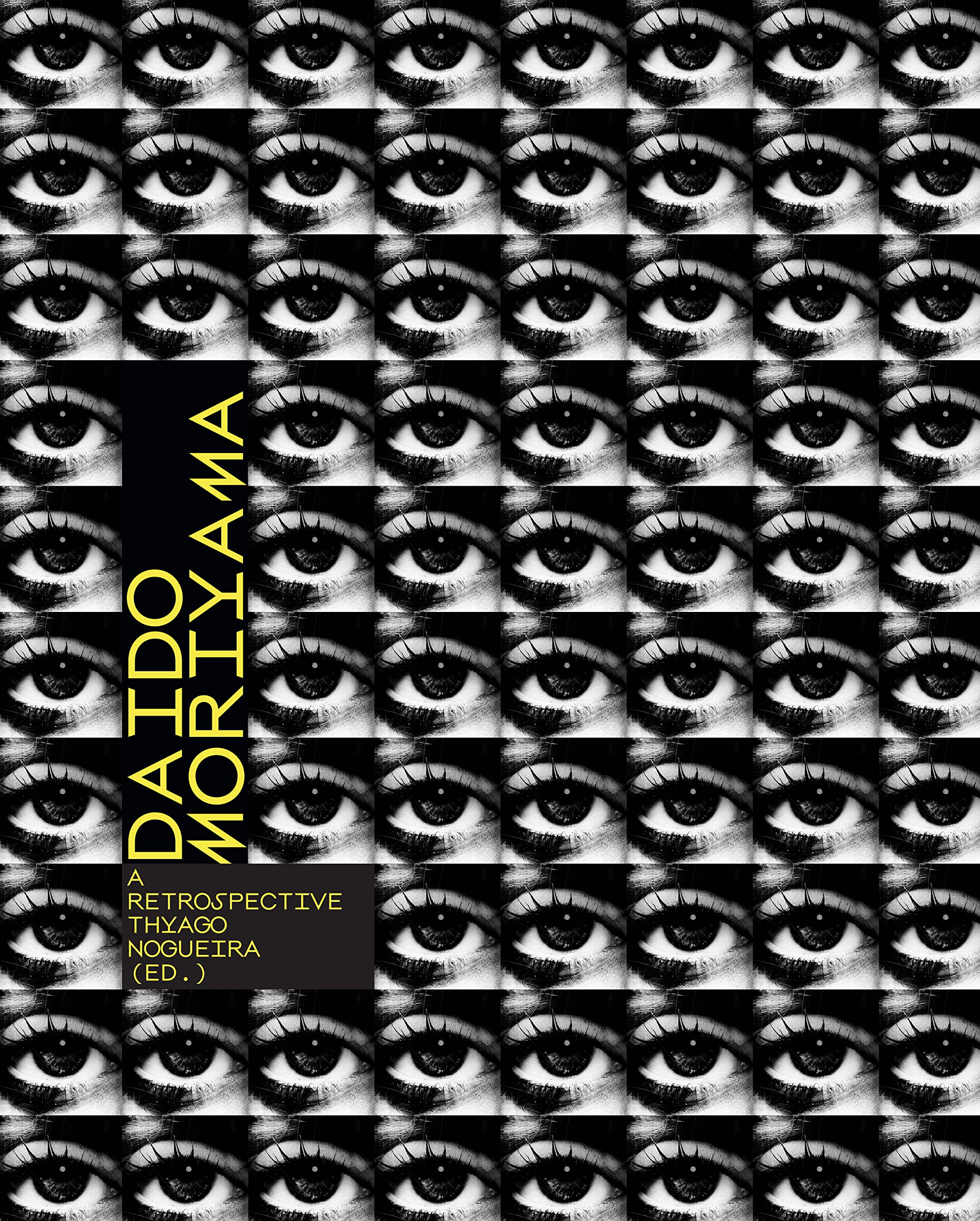Daido Moriyama: Visual Reflections
A dog lowers its head and turns towards us, its gaze both challenging and somber. One can almost hear its snarl and pant. Its unkempt fur is half-illuminated by the sun, while its snout remains in shadow. Could this creature have foreseen that its black-and-white portrait would become an iconic photograph?
Throughout his sixty-year career, Daido Moriyama profoundly transformed the way we perceive photographs. He used his camera to document his immediate surroundings and visually explore post-war Japanese society. But he also questioned the very essence of photography itself.
His unmistakable visual language is just as celebrated as his numerous publications, which form a central part of his work. Accordingly, the C/O Berlin retrospective will be the first to showcase dozens of Moriyama’s rare photobooks and magazines alongside approximately 250 works and large-scale installations. This exhibition presents one of the most innovative and influential artists and street photographers of our time.
From the outset, Moriyama’s photographic subjects captivated viewers, whether he was working with mass media and advertisements, societal taboos, or the theatrics of everyday life. He captured the clash of Japanese tradition and the swift Westernization that followed the US military occupation of Japan after World War II. Inspired by American artists like Andy Warhol and William Klein, the photographer dissected Japan’s burgeoning consumer society. He delved into the reproducibility of images, their dissemination, and consumption. Even today, his pioneering artistic spirit and visual intensity remain groundbreaking.
The retrospective focuses on two phases of Moriyama’s work. It begins with his early series for Japanese magazines such as Camera Mainichi and Asahi Camera, showcasing his involvement in photorealism, his experiments in Provoke magazine, and his years of travel. During this avant-garde period of work, the photographer established his unique aesthetic, characterized by unusually cropped, out-of-focus, and grainy black-and-white photographs known by the Japanese catchphrase “are, bure, boke” (grainy, blurry, out of focus). These images would go on to define the style of an entire generation.
The second part picks up after the creative crisis Moriyama underwent for almost a decade. Since the 1980s, he has explored the essence of photography and his own self, developing a visual lyricism through which he reflected on reality, memory, and cities. The conceptual depth of his work adds to its powerful impact.
“Daido Moriyama:Visual Reflections” is the result of a three-year research period and stands as one of the most comprehensive exhibitions ever dedicated to this artist’s work. It is organized by Instituto Moreira Salles in cooperation with the Daido Moriyama Photo Foundation. C/O Berlin is the second institution worldwide, and the first in Europe, to host this exhibition. Curated by Thyago Nogueira, Instituto Moreira Salles, in collaboration with Sophia Greiff, C/O Berlin Foundation.
The exhibition is accompanied by a monograph published by Prestel.
About the Author
Daido Moriyama was born in 1938 in Osaka and pursued his photography studies there before relocating to Tokyo in 1961. While in Tokyo, he worked as an assistant to photographer and filmmaker Eikoh Hosoe, which led him to embark on his own photographic journey, capturing the forgotten and darker aspects of his hometown. Shortly after, he received the New Artist Award from the Japan Photo-Critics Association, the first of many prestigious accolades throughout his lifetime.
A significant influence on Moriyama’s early photography came from the ‘Provoke’ group, which published three magazines predominantly illustrated with photographs. For the second issue of the magazine, Moriyama joined the movement, embracing a Japanese aesthetic that celebrated “grainy, blurry, and out of focus” images. This approach not only carried political implications but also represented a rebellion against the prevailing culture of technical precision. It became a hallmark of experimental image-making in Japan.
Moriyama’s work primarily features black and white photography. While the grainy aesthetic conveys his perspective on the destabilization of post-war social structures, the core of his art lies in using photography as an experiment. His images straddle the line between documentary and possibility, blurring the boundaries between fact and fiction.
In his early works, Moriyama captured the impact of industrialization and the transformation of urban life following the American occupation of Japan after World War II. Certain areas were left behind in the fast-paced evolution of the city.
Among the various artists who influenced Moriyama, Andy Warhol holds particular significance. During a visit to New York in 1969, Moriyama encountered Warhol’s silkscreen artworks and recognized in them the essence of duplication, repetition, and mass production inherent to photography. Moriyama himself explored silkscreen techniques and made reproduction and duplication central themes in his work. He often photographed street signs or created multiple versions of similar images to be presented as a unified piece.
Two of Moriyama’s most iconic motifs, which exemplify this theme, are images of tights and lips. These gelatin silver prints combine close-ups with Moriyama’s inclination for reproduction and capturing street signs. Both motifs allude to the Americanization of Japanese culture and the increasing presence of eroticism in high-street advertising.
Daido Moriyama: Visual Reflections
until September 6th, 2023
C/O Berlin – Berlin – Germany

